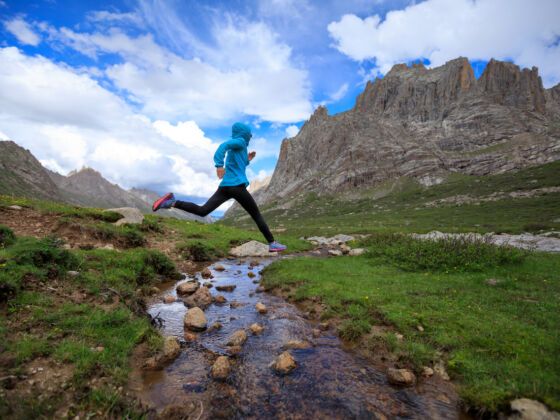An ultra marathon (“ultra,” for short) is technically anything beyond the marathon length of 26.2 miles. A respectable ultra is on rough and uneven terrain and is 50 miles or more…so I am still in the minor leagues so to speak, having just completed a 31.1 ultra. But I have a 100-mile race through the Cascade Mountains in my cross hairs.
Lord Hill Regional Park, Snohomish, WA – It’s noon on February 24th and I’m three hours into a 31-mile race, the first Evergreen Trail race of the 2013 season. I run to the aid station and fill my water bottle, grab a salt tablet, take a banana muffin, a handful of gummy bears, and a GU packet…vanilla flavored.
Stuffing the GU packet in my pocket, I cram the gummy bears in my mouth with the salt tablet, holster my water bottle, and fist the muffin in after the gummies as I take off running, black and yellow New Balance 1010 trail shoes spitting up mud behind me.
